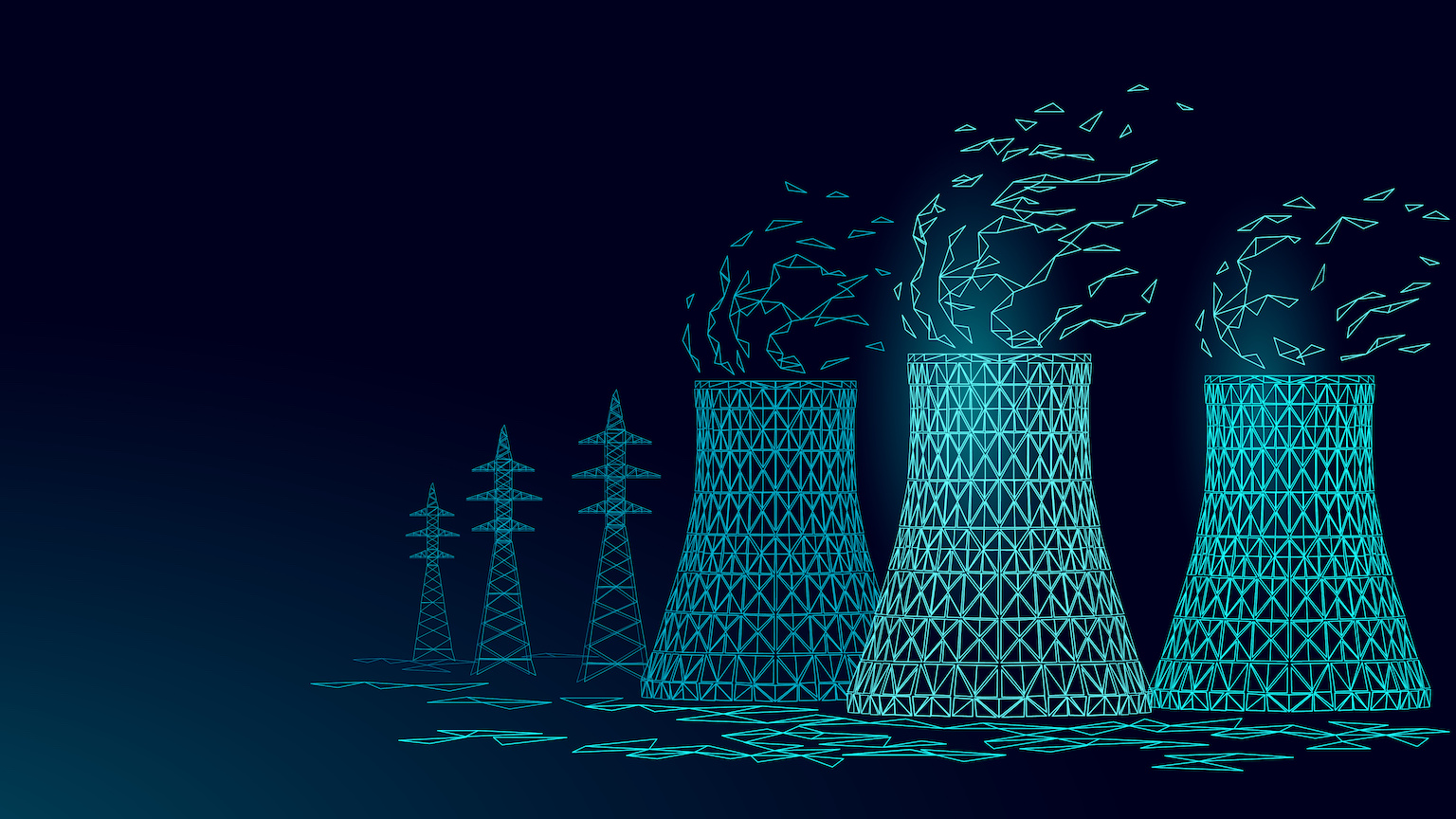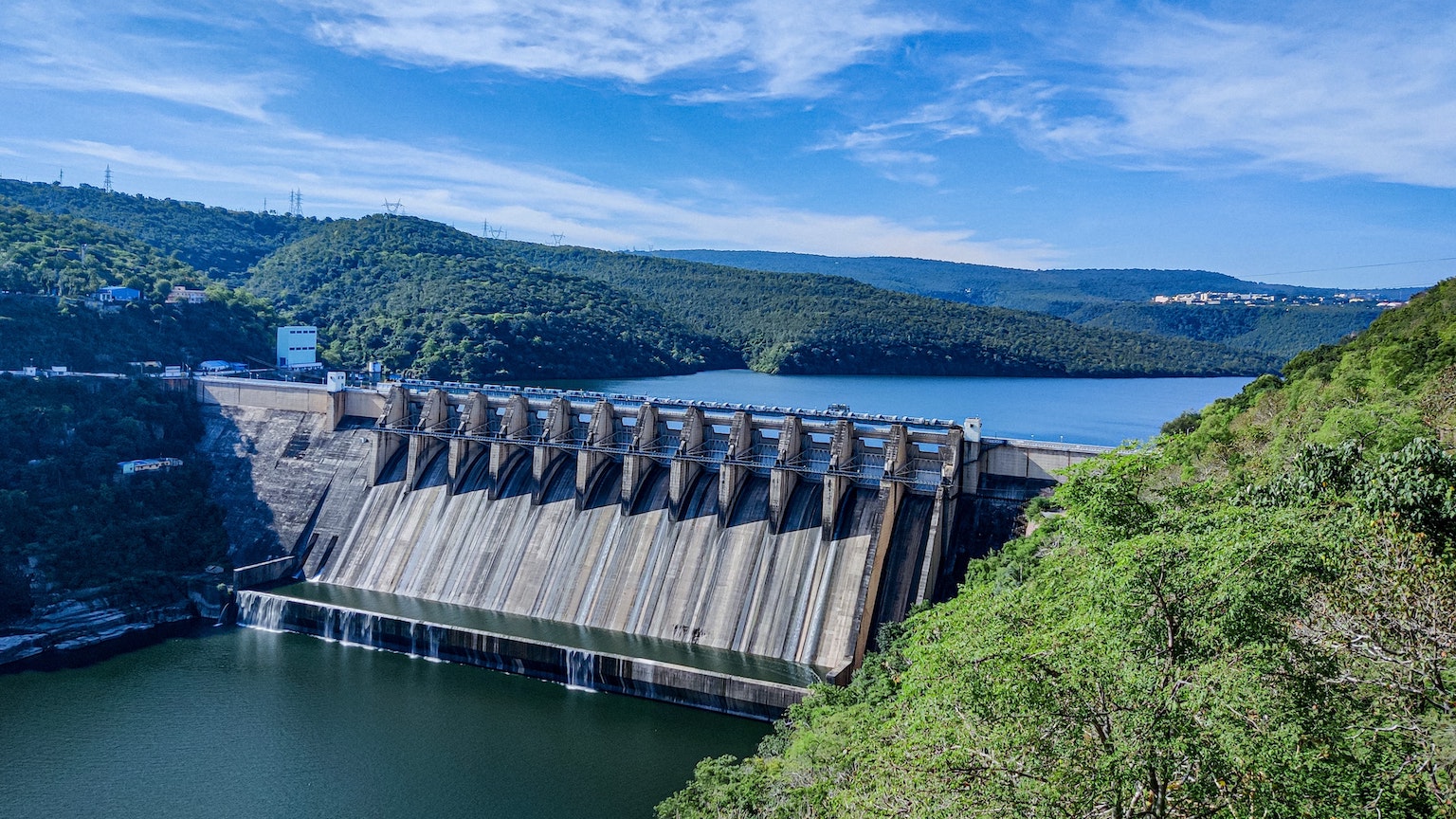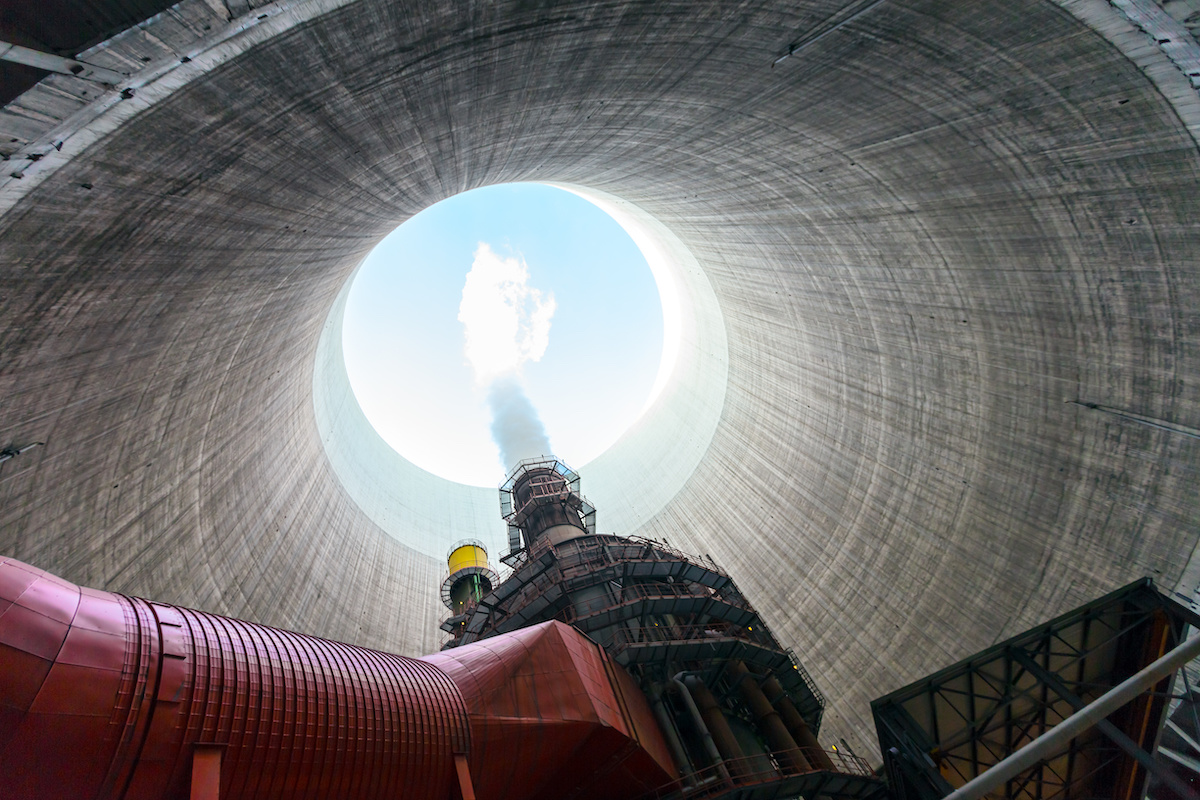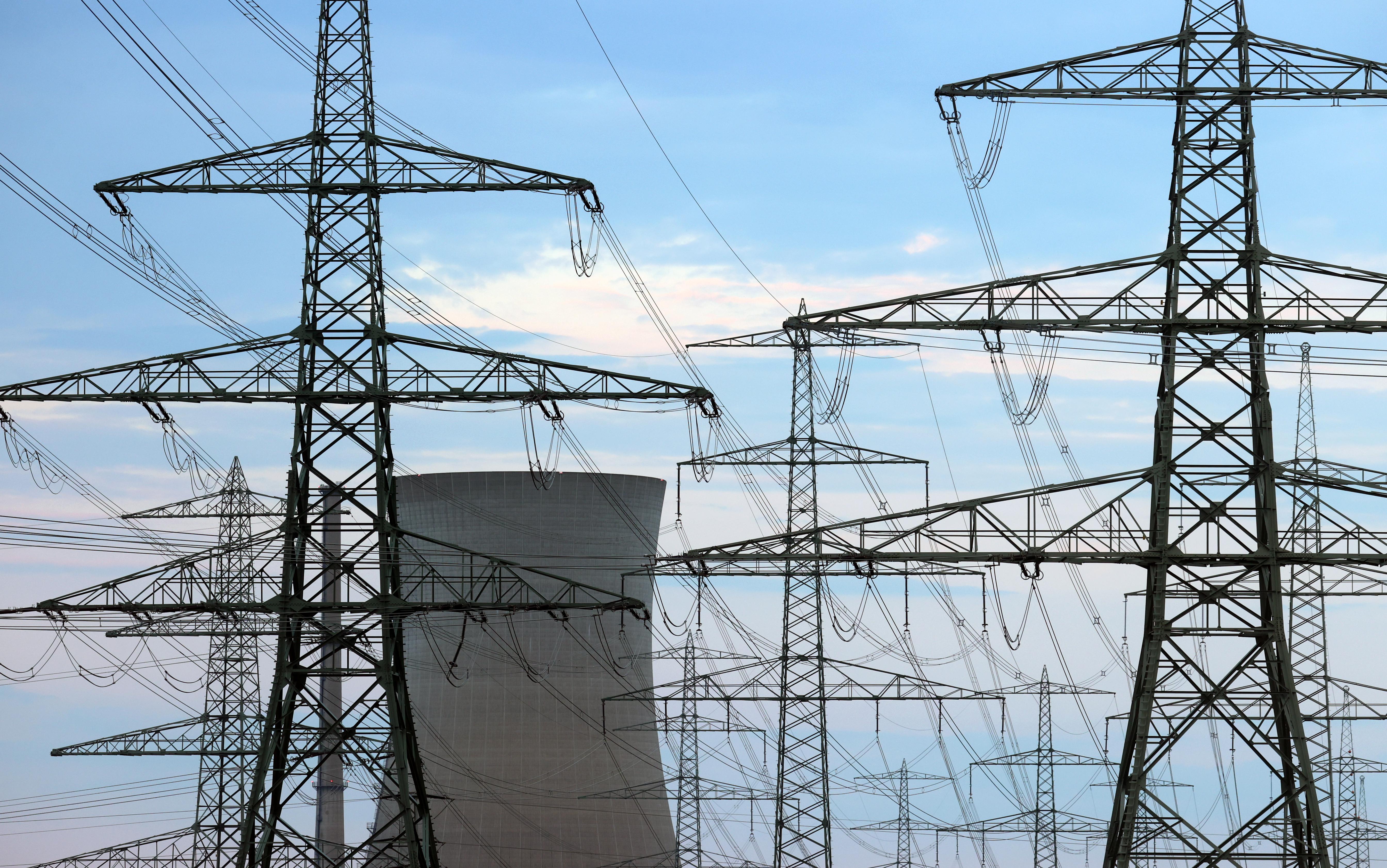Why a nuclear power plant would survive a 9/11-style airplane attack
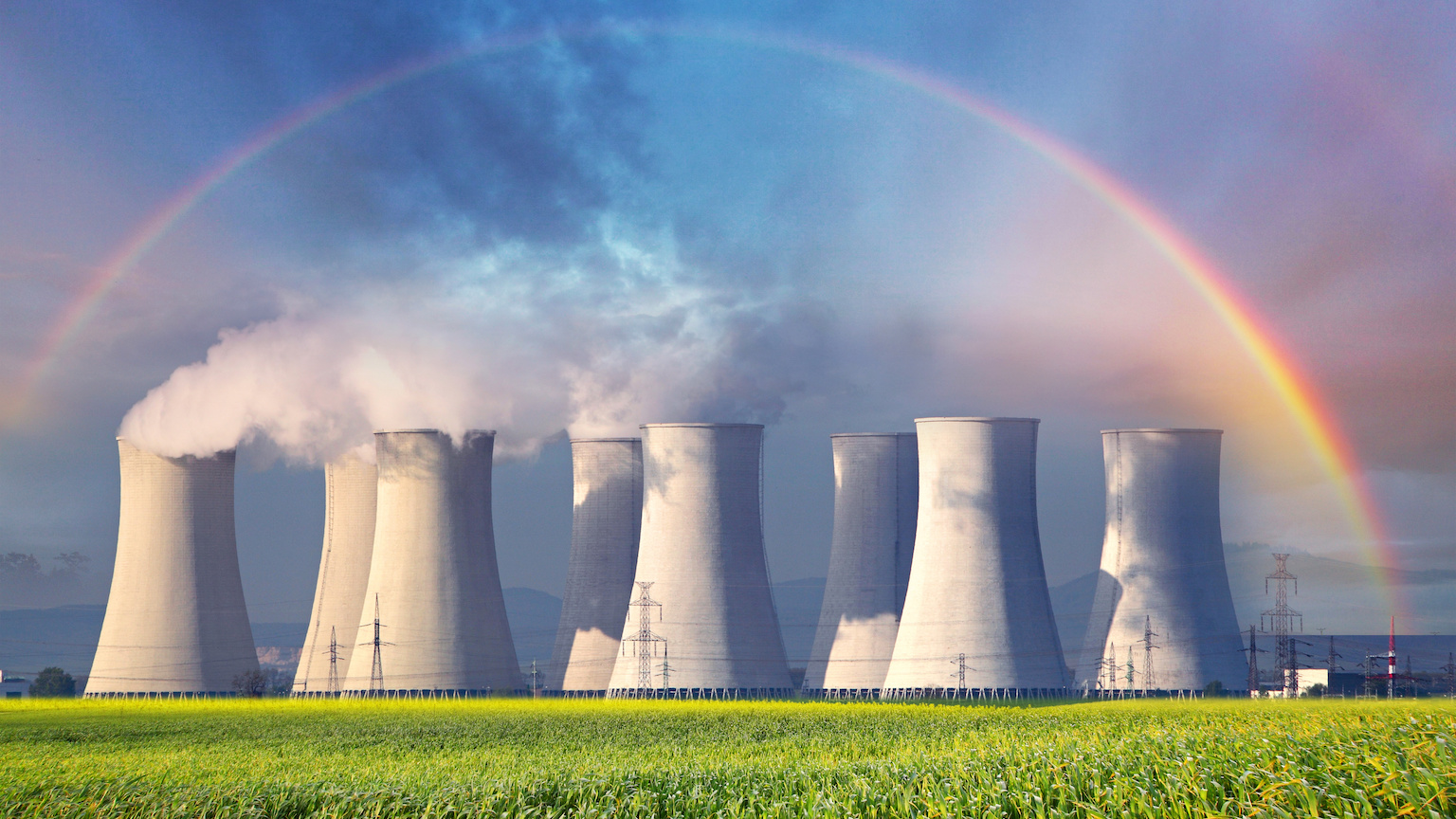
- Russian malfeasance at the Chernobyl and Zaporizhzhia nuclear power plants in Ukraine has thrust the issue of nuclear safety into the international spotlight.
- In the U.S., nuclear power plants are constructed in such a way that they are essentially invulnerable to external assault, even by a hijacked aircraft.
- While 100% safety can never be guaranteed in life, the likelihood of a catastrophe caused by a terrorist at a U.S. nuclear power plant is as close to zero as humanly possible.
Russia’s invasion of Ukraine has put the safety and security of nuclear power plants back in the spotlight. In a war, just about anything is possible — sabotage and missile strikes come to mind. And the specter of 9/11 reminds us that someone could hijack a commercial aircraft and crash one into a nuclear power plant. How realistic are these risks? Could they cause a nuclear catastrophe?
The safety of nuclear power plants has been a top priority for the U.S. nuclear industry since the first plant started operating nearly 50 years ago. During this period, no one has been killed or seriously injured in a radiation-related incident in the U.S. The U.S. Nuclear Regulatory Commission (NRC) sets rigorous standards for nuclear power plant safety and security. These requirements, along with the industry’s commitment to safety combined with strong regulatory oversight, are responsible for this excellent track record. Even more security programs were implemented after 9/11.
Nuclear plants could survive a 9/11-style attack
Of course, the plants are protected by experienced personnel who have been trained extensively with sophisticated security plans. However, the most effective deterrent to potential attackers is the actual construction of the plants, which are among the most robust industrial facilities ever built. The reactor building is made of reinforced concrete, and the reactor vessel holding the fuel is made of steel more than a foot thick. Furthermore, the fuel itself is encased in a solid metal alloy that is difficult to breach. All the equipment and piping are ruggedly constructed, and any equipment not located in the reactor building is housed in areas that are also strongly built.
To give an idea of how tough this material is, Sandia National Laboratories in 1988 crashed an F4 Phantom jet into the same sort of reinforced concrete that is used to construct nuclear power plants. The result: the jet was obliterated, and the concrete was more or less fine. The worst scar was less than 2.5 inches deep.

In 2002, the Electric Power Research Institute (EPRI) undertook an advanced computer modeling study to determine if nuclear power plants could withstand the impact of an aircraft crash, similar to the terrorist attacks of September 11, 2001. The Boeing 767 was selected as the crash aircraft in the study because its weight is more substantial than almost all commercial jet airliners flown in the U.S.
The study chose a target location on the grounds of a nuclear power plant in which the most damage would occur if an aircraft struck it. The angle of attack was chosen to be perpendicular to the centerline of the structures, which would maximize the force of the plane. The study also considered an aircraft speed that would allow the pilot to control the aircraft accurately. Indeed, the speed chosen was the same as that of the airplane that hit the Pentagon.
The study concluded that none of the parts of the Boeing 767 — including the engine, fuselage, wings, or even jet fuel — could enter the containment building or any other sensitive areas, like the used fuel storage pool. This means that in the ultimate catastrophic event — an airline crash or missile strike — a U.S. nuclear power plant would not leak radiation.

Additionally, because of their size (which is relatively small compared to a target like the World Trade Center or Pentagon), nuclear power plants are more difficult to damage, as it is challenging to aim the aircraft to hit the structure at its most damaging point. Used fuel is located underground and is not visible to a pilot from outside the plant. Moreover, other intervening structures on the power plant site make it almost impervious to an aircraft strike.
What about an attack from the inside?
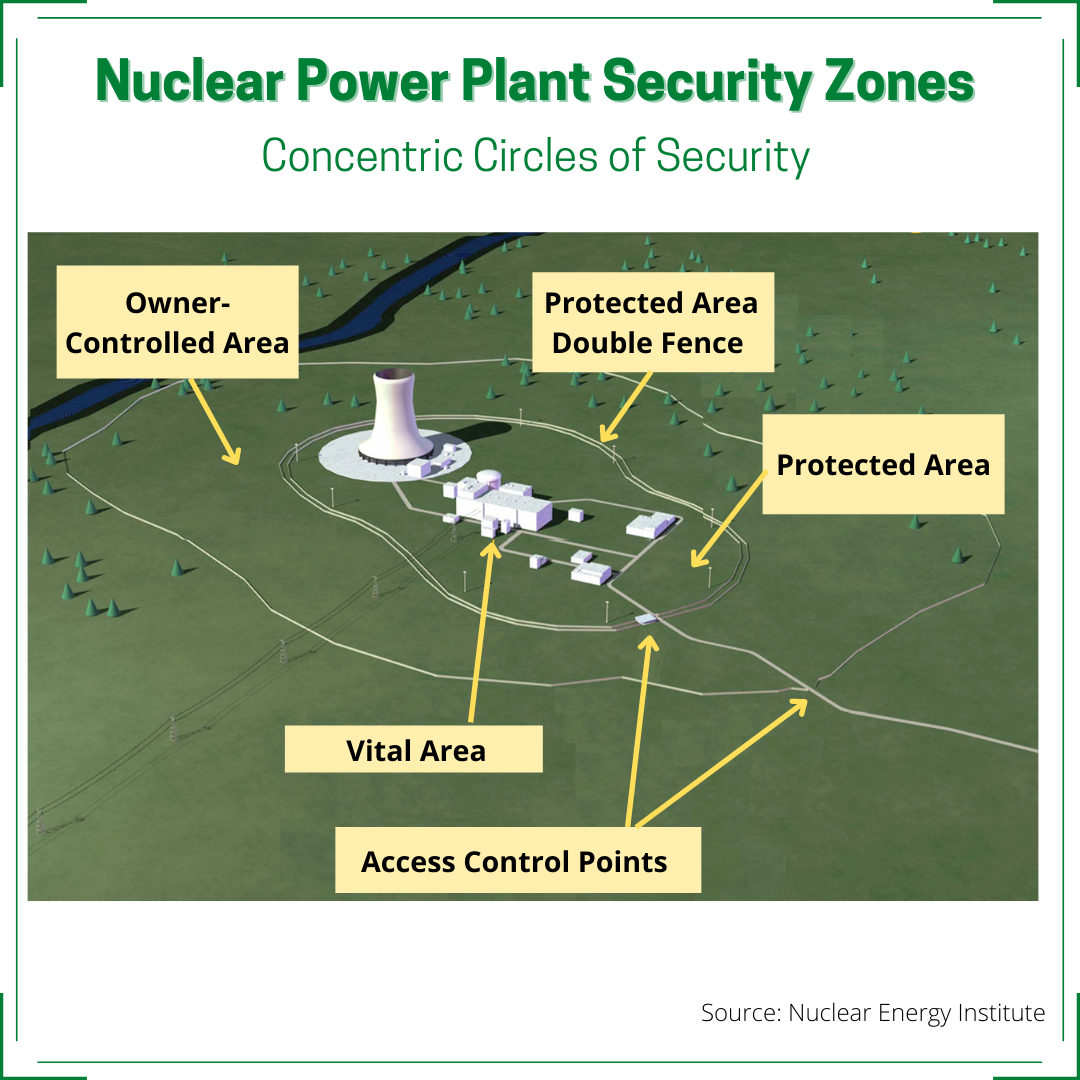
Of course, external security is one thing, but what about internal security? Could a terrorist get inside and cause trouble? It’s very difficult. Most U.S. nuclear power plants are surrounded by large rural areas, making it relatively simple to detect intruders. All of them are surrounded by outer perimeter fences equipped with sensors.
The first stage of security is the owner-controlled area. Since the nation’s nuclear plants went on high alert after 9/11, the security in the fenced external area has been augmented by increased patrols and tighter access to the site. The second stage of security, which is the protected area around plant buildings, is surrounded by double fences and access is strictly limited. The third security stage is the vital area of the containment building, which is heavily guarded and sealed off to all but those with specific access authorization.
Nuclear power plant security plans always have been formulated to secure the facility against well-armed, violent, and possibly suicidal shooters. Worst-case scenarios they have planned for also include vehicles entering and delivering explosives. As events unfold around the world, security planners adjust accordingly.
Employees are also scrutinized. Background investigations and personnel evaluation systems are part of any nuclear power plant’s safety and security planning. Plant personnel must be deemed fit for duty before they are allowed access to the protected area. Their psychological and physical conditions are constantly monitored, and they are randomly tested for drug or alcohol use.
While nobody can ever provide a 100% guarantee of safety, the likelihood of a catastrophe caused by a terrorist at a U.S. nuclear power plant is as close to zero as humanly possible.
